 |
American Museum of Natural History, New York, USA, January 2007 Dr. Schwartz photographed male and female specimens for manuscripts on Ficinus, Jornandes, Scalponotatus, and Slaterocoris. |
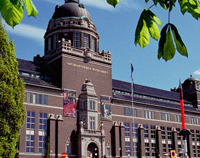
|
The Swedish Museum of Natural History, Stockholm and The Finnish Museum of Natural History, Helsinki, July/August 2006 Dr. Henry studied types for the PBI project. |
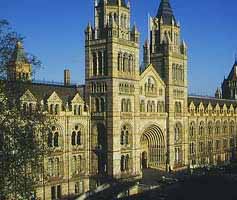
|
Natural History Museum, London United Kingdom, July/August 2006 Dr. Schwartz and co-PI Cassis visited the collection and studied specimens relevant to the PBI Project. Dr Schwartz also photographed 244 specimens, mostly Phyline and Orthotyline type specimens. Now there are 150 web ready images available to be viewed through a link from the PBI website. |
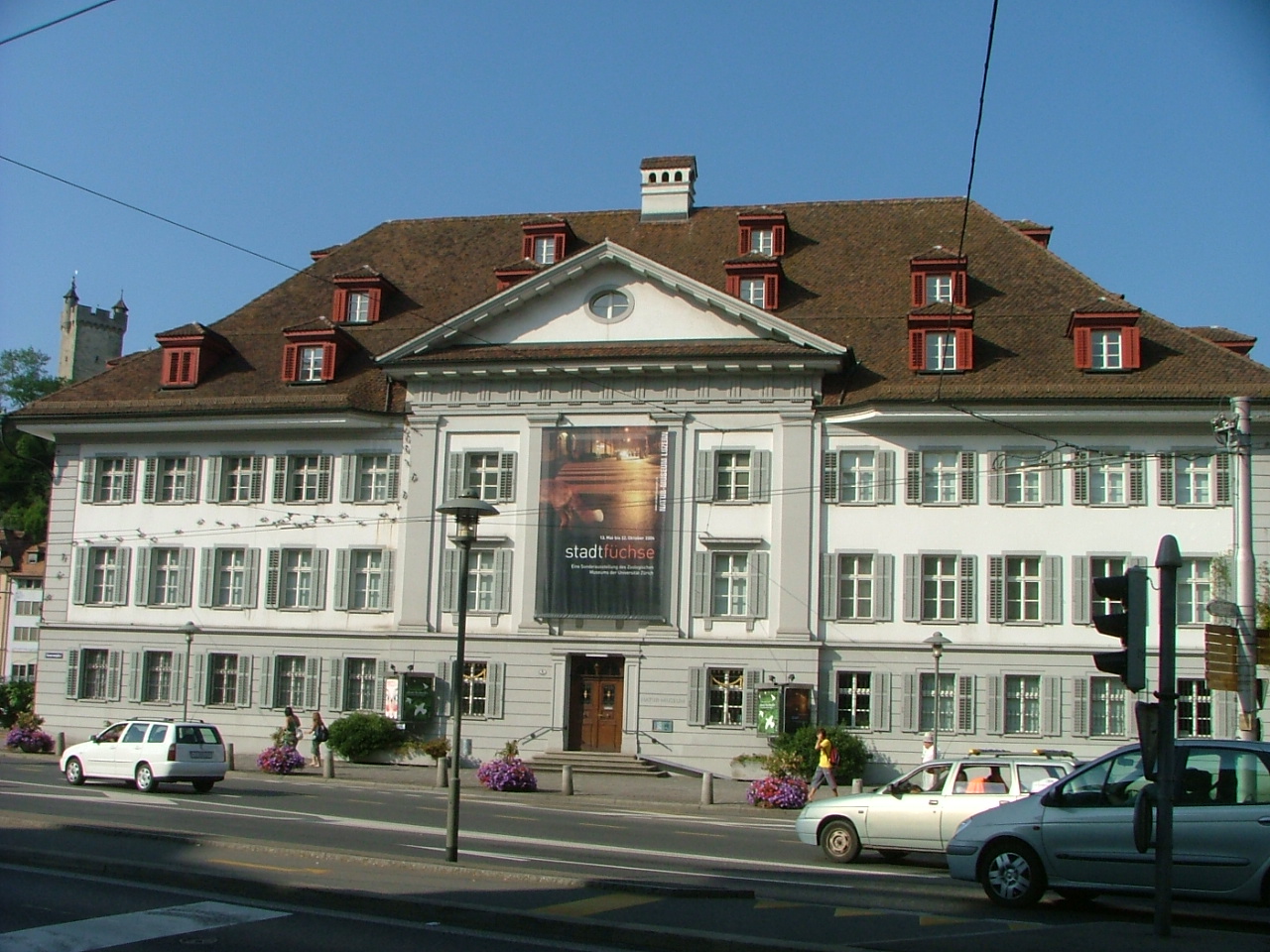
|
Natur-Museum Luzern, Switzerland, July 2006 At the Plant Bug PBI meeting in Luzern, PBI Participants took some time to have a look at the collections. This collection provided another valuable training opportunity for PhD Candidates and Post-Docs. |
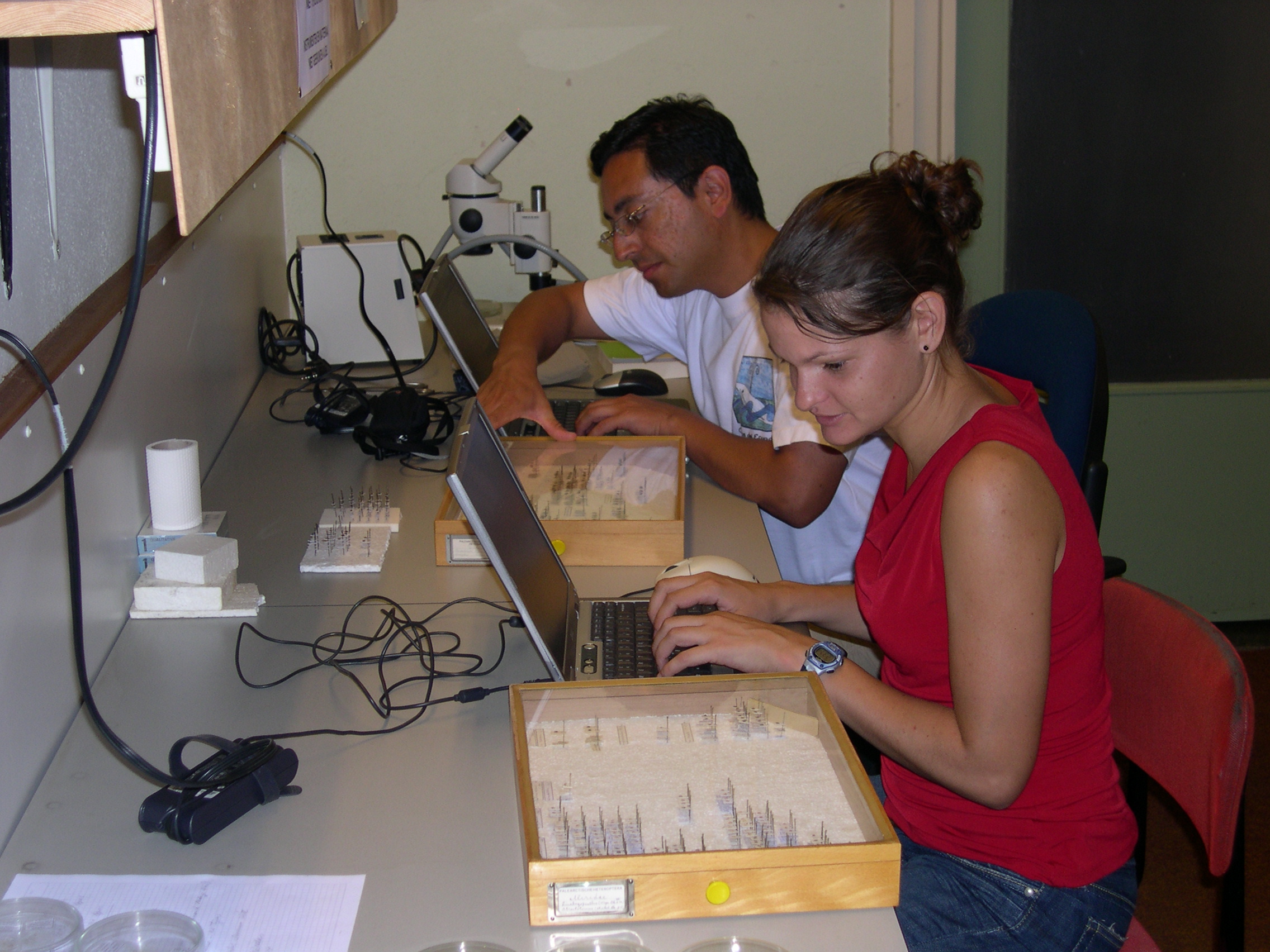
|
The Zoological Museum, Entomology, Amsterdam July 2006 Most of the PBI Participants visited this collection on their way to the International Heteropterist's Society Conference. This proved to be a valuable research and training opportunity. |
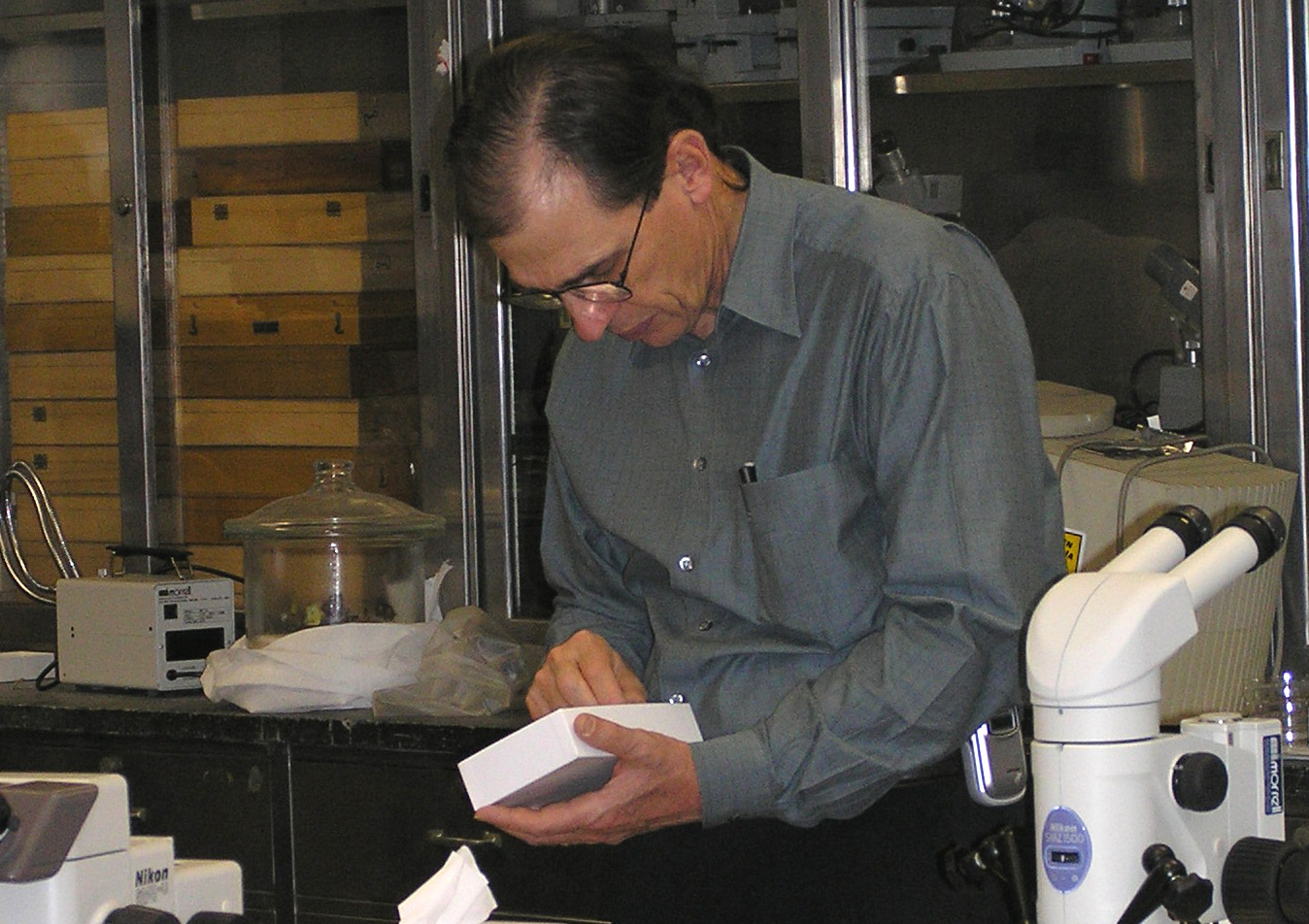
|
National Museum of Natural History, Leiden, The Netherlands, July 2006 PI Schuh and other PBI participants visited the collection, acquired data for the Plant Bug PBI Specimen Database and took images of some of the specimens to be entered into the image database. |
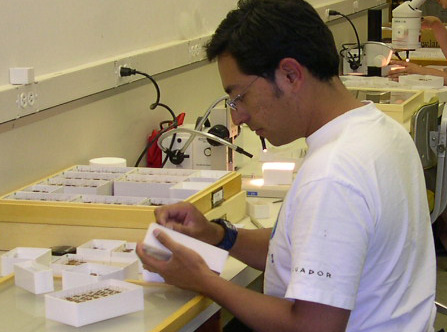
|
Museu Nacional, Rio de Janeiro, Brazil, April 2006 PhD candidate Dimitri Forero took more than 200 digital images of Holotypes. The goal was to take pictures and collect label-data, for entry into the PBI database, of all the Phylinae and Orthotylinae holotypes deposited in the Museum, most of which were Neotropical species described by J.C.M. Carvalho and collaborators. He also selected some specimens to request on loan for Dr. Weirauch's project and his dissertation project. |
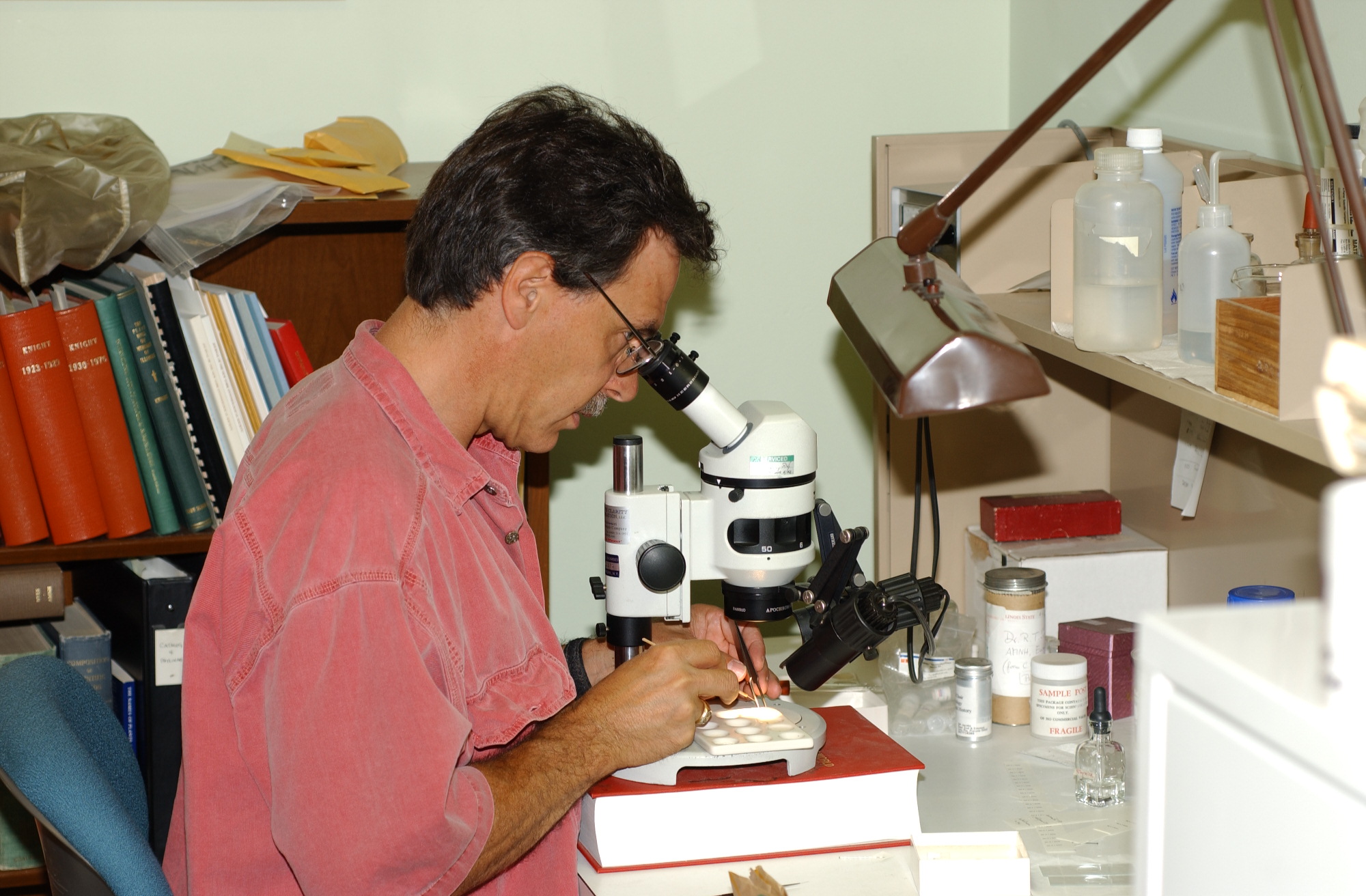 |
Natural History Museum, London United Kingdom, February/March 2006 Dr. Schwartz studied the collections, entered the label data into the PBI database and photographed the types for 127 Orthotyline specimens of Distant and Kirkaldy. Dr. Schwartz also curated and borrowed, on loan, an additional 200 plant bug specimens for the PBI project. |
 |
National Museum of Natural History, Washington, DC, January 2006 During a two-week trip to the National Museum of Natural History, PhD student Dimitri Forero studied the extensive type collections of the Smithsonian Institution in an effort to refine his dissertation proposal. As part of this effort Mr. Forero also photographed types of Neotropical Orthotylinae using the Microptics-USA system belonging to the USDA Systematic Entomology Laboratory. |
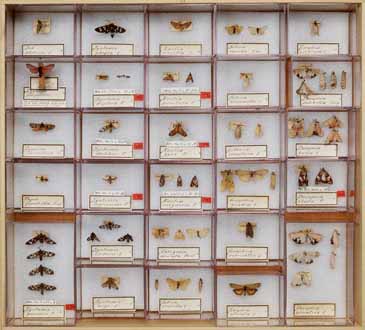 |
Natural History Museum of Denmark, Copenhagen, October 2005 During a five-day trip to the Natural History Museum of Denmark, Copenhagen, PI Randall T. Schuh sorted, selected, and hand carried to New York for study approximately 600 specimens of Orthotylinae and Phylinae, representing primarily taxa from the Philippines and Papua New Guinea. PI Schuh entered Copenhagen specimen data into the PBI database using the open-access network in the museum. He also upgraded the nomenclature and organization of the collections. |
 |
National Museum of Natural History, Washington, DC, October 2005 During a two-day trip to the National Museum of Natural History, PI Randall T. Schuh borrowed approximately 20 holotype specimens of the Phymatopsallus group of genera from Western North America. He also sorted and selected for shipment approximately 300 specimens of Slaterocoris and related genera from Western North America and Mexico, these for the ongoing studies of Senior Scientist Michael D. Schwartz. While in Washington, Dr. Schuh presented an invited lecture at the monthly meeting of the Entomological Society of Washington and gave research assistant Michele Touchet an introduction to the use of the PBI specimen database. |
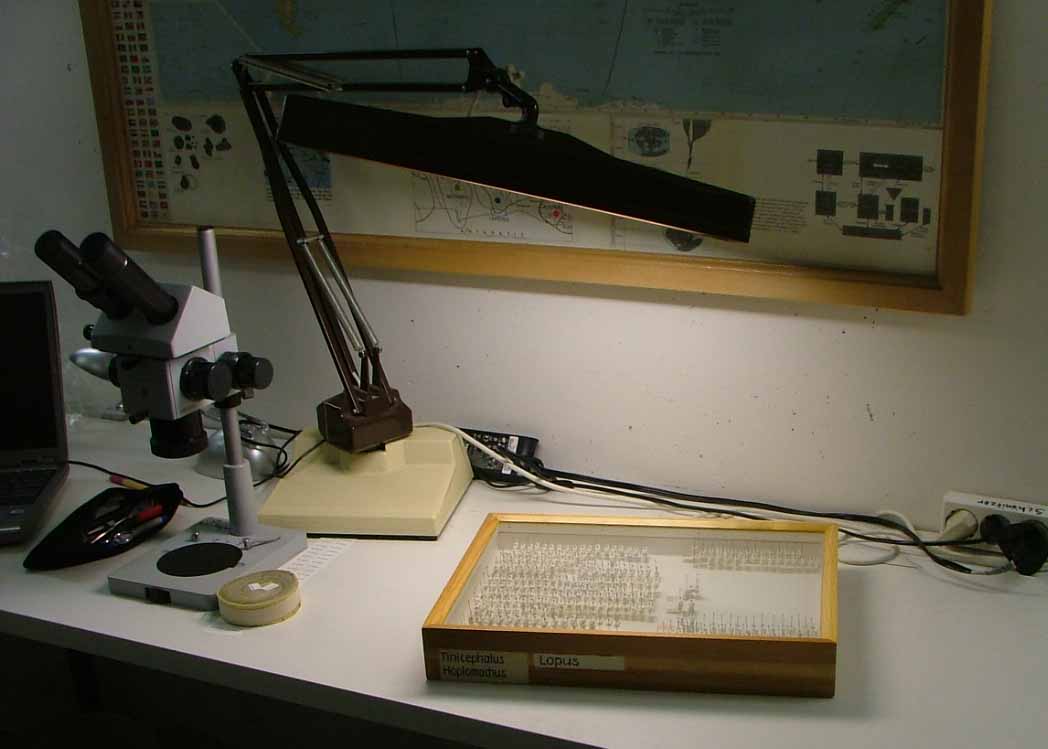 |
Zoologische Staatssammlung Muenchen, Munich, Germany, September 2005 During a five-day working visit in the "Zoologische Staatssammlung Muenchen", Germany, Munich, postdoc Weirauch entered locality data for about 800 specimens in the PBI locality database. The focus was on recording information on holotypes and paratypes that belong to the beautifully prepared Seidenstuecker collection, but also material collected and worked on by Eckerlein, Weber, and Wagner. |
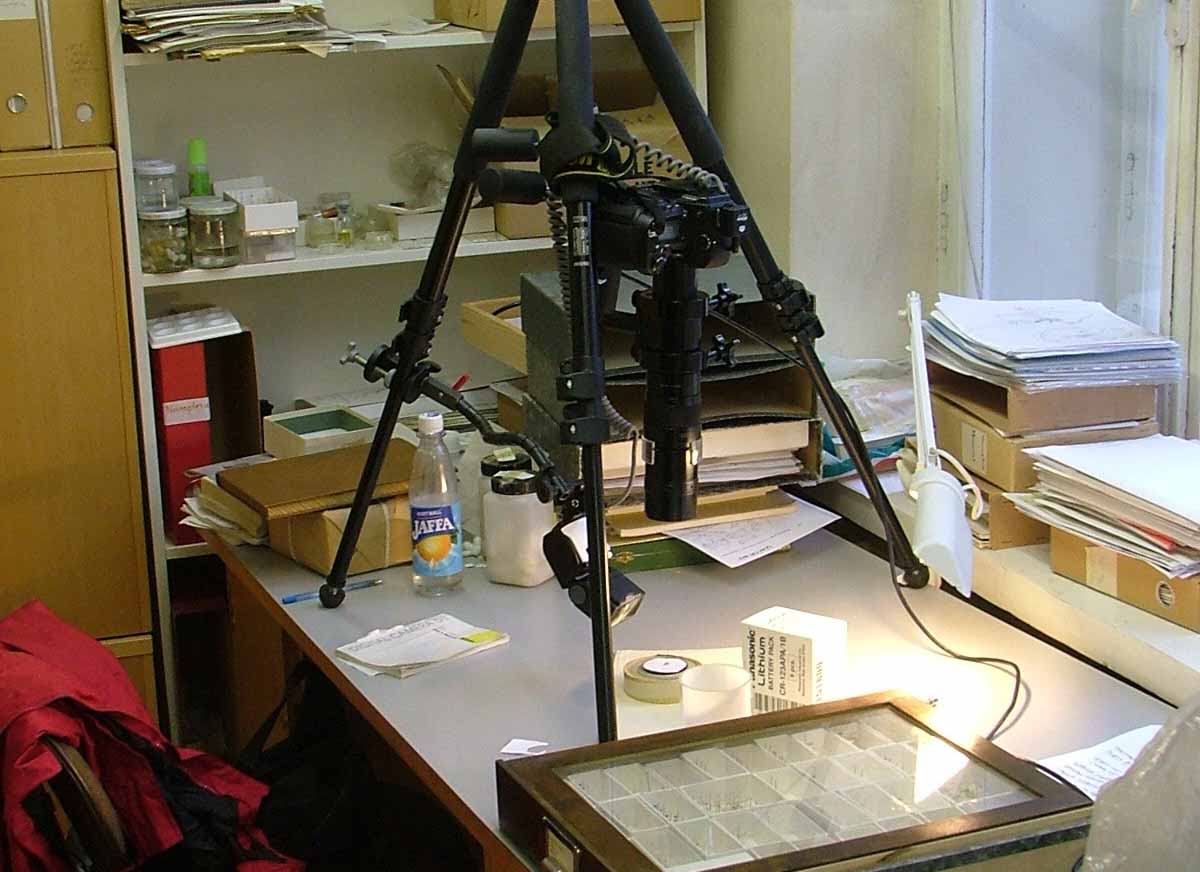 |
Finnish Museum of Natural History, Helsinki, Finland, July 2005 During a two day visit at the Finnish Museum of Natural History, Helsinki, postdoc Weirauch took more than 120 digital images of types held at this institution. The objective was to image non-palaearctic species, mostly worked on by Reuter and Poppius, but also by Lindberg. |
 |
The Natural History Museum, London, May-June 2005 During a five-day trip to The Natural History Museum, London, PI Randall T. Schuh sorted, selected, and hand carried to New York for study approximately 3400 specimens of Orthotylinae and Phylinae, representing taxa from Africa, Asia, and Australia. These specimens broaden data for diversity and distributions from two biotic regions targeted for intensive study during the course of the PBI project. PI Schuh also photographed types using a Microptics-USA system generously made available by Keeper of Entomology Quentin D. Wheeler and conducted the first "field test" of the newly implemented web-based specimen data-entry system. |
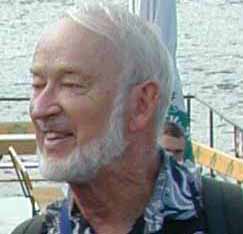 |
John T. Polhemus Collection, Englewood Colorado, November 2004 During a five-day trip to the Polhemus Collection, senior scientist Michael D. Schwartz sorted, selected, and shipped 12, 294 specimens of Orthotylinae and Phylinae, mostly representing taxa from Western North America, but also including some material from Madagascar. These specimens broaden data for diversity, distributions, and hosts in our already rich collections from the Nearctic. |
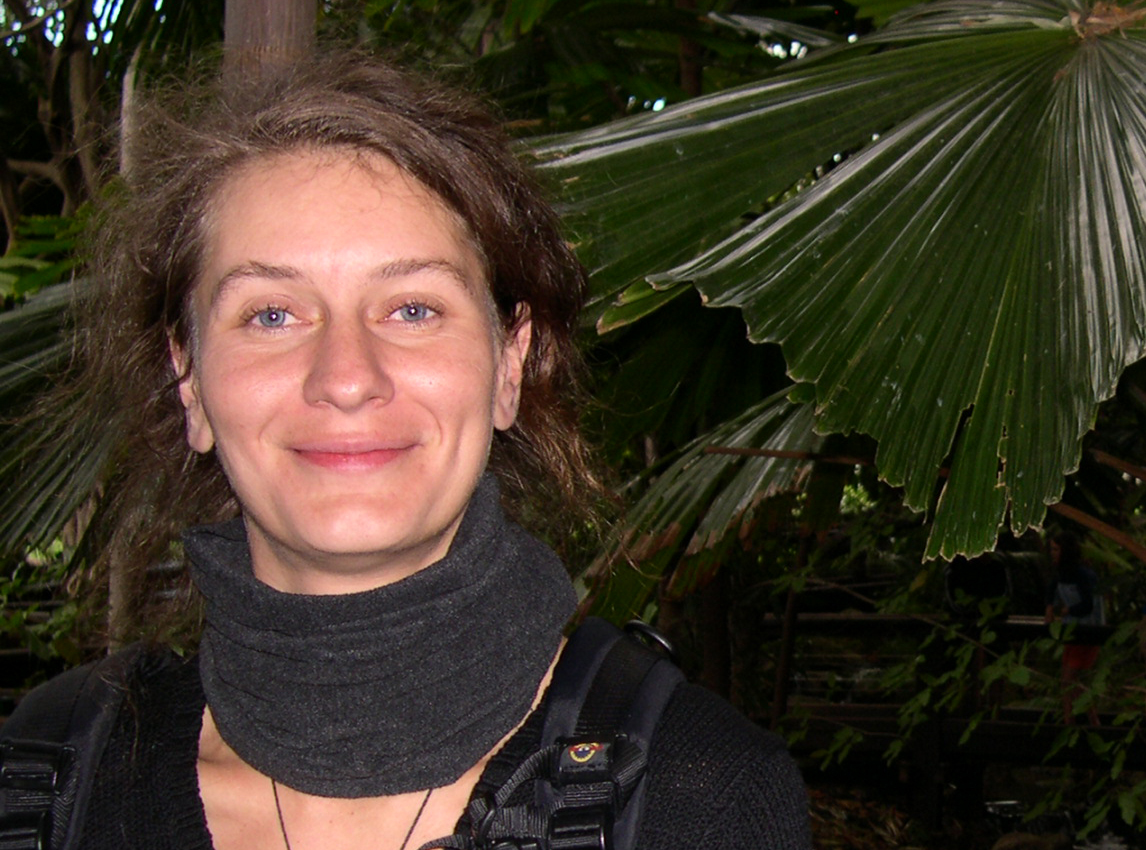 |
Museum National d'histoire Naturelle, Paris, France, November 2004 On her return from field work in Australia, postdoc Weirauch sorted and organized material in the large and diverse collections of the Museum National in Paris. In particular our objective was to assess the amount of unworked material available from former French colonies as a means of better planning our field-work schedule. |
 |
Bishop Museum Honolulu, USA, May 2004/August 2004 With the aim of acquiring relevant specimens of orthotylinae and recently mounted specimens of phylinae, Co-PI Cassis and Senior Scientist Henry studied the Bishop collections in May and August respectively. |
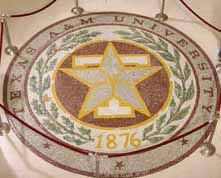 |
Texas A&M University, College Station, Texas, July 2004 During an eight-day trip to the study the entomology collections of Texas A&M University, senior scientist Michael D. Schwartz sorted, selected, and shipped 4690 specimens of Phylinae and 7432 specimens of Orthotylinae, mostly representing taxa from Mexico and the American Southwest. The borrowed specimens derive primarily from the fieldwork of Joseph C. Schaffner and colleagues, and are part of the single most important collection of Mexican Miridae ever to be assembled. |
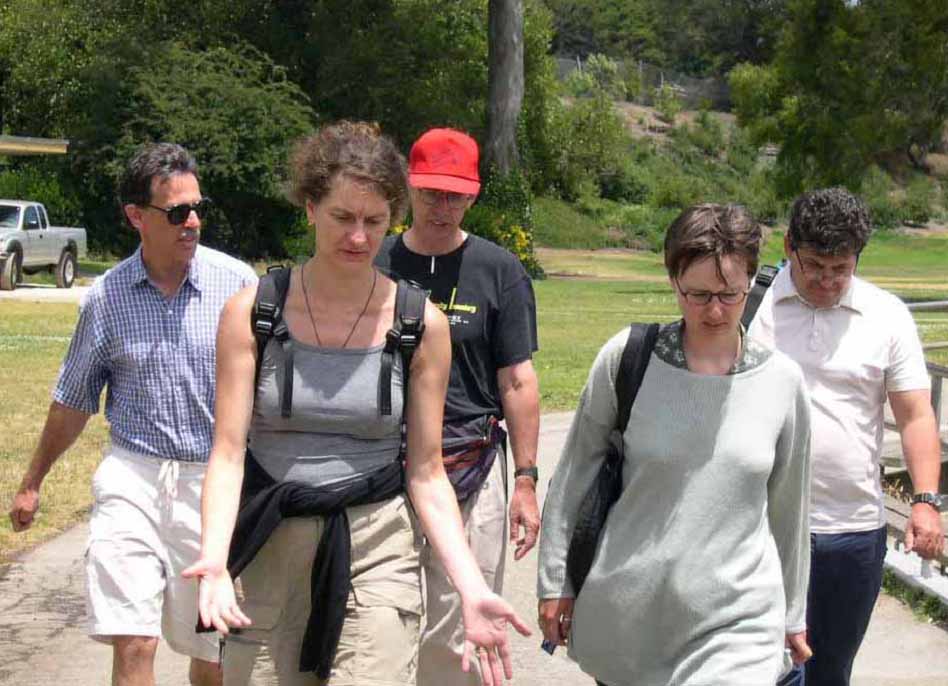 |
California Academy of Sciences, San Francisco, USA, May 2004 In conjunction with field work PBI team members Schuh, Cassis, Schwartz, Weirauch, Wyniger, and Forero spent one day sorting and organizing specimens to be borrowed for study and locality database development under the PBI umbrella. |
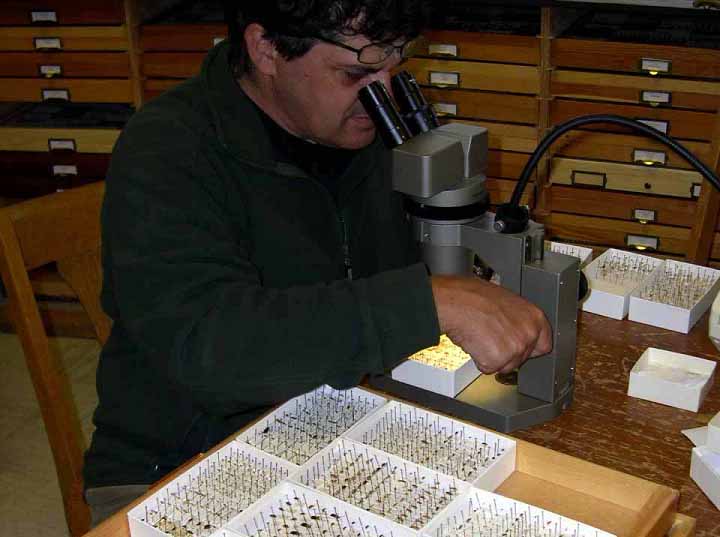 |
Essig Museum of Entomology, University of California at Berkeley, USA, May 2004 In conjunction with field work PBI team members Schuh, Cassis, Schwartz, Weirauch, Wyniger, and Forero spent one day sorting and organizing specimens to be borrowed for study and locality database development under the PBI umbrella. The Berkeley collections had previously been examined in detail for Phylinae, but still contained many unstudied members of the subfamily Phylinae, particularly from California, many with host documentation. |
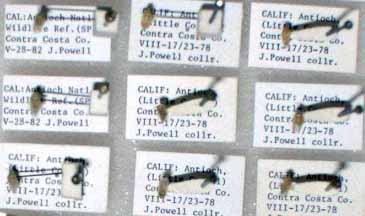 |
Entomology Research Museum, University of California at Riverside, USA, May 2004 In conjunction with field work PBI team members Schuh, Cassis, Schwartz, Weirauch, Wyniger, and Forero spent one day sorting and organizing specimens to be borrowed for study and locality database development under the PBI umbrella. The Berkeley collections had previously been examined in detail for Phylinae, but still contained many unstudied members of the subfamily Phylinae, particularly from California, many with host documentation. |
 |
National Museum of Natural History, Washington, DC, April 2004 During a two-day trip to the National Museum of Natural History, PI Randall T. Schuh sorted the Smithsonian collections and borrowed approximately 100 specimens of oak-feeding Phylinae from Western North America. |
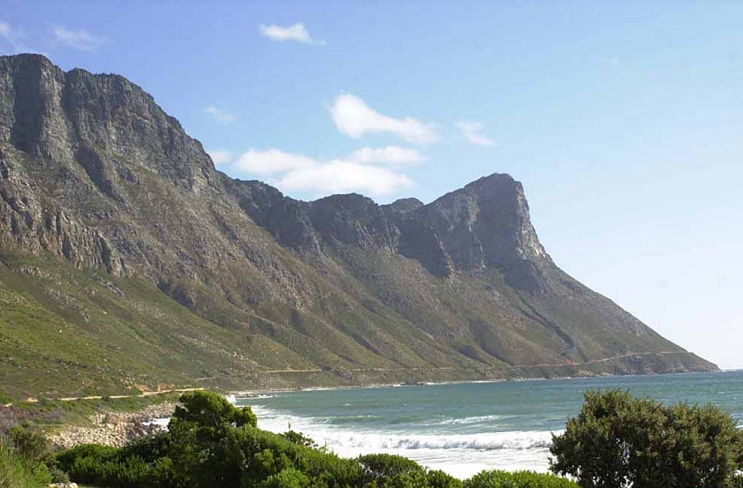 |
Plant Protection Research Institute (PPRI), Pretoria, South Africa, October 2003 In conjunction with their field work in the Western Cape and Namaqualand PBI team members Schuh, Cassis, and Weirauch spend one day working in the collections of the PPRI. The last time the collections of Miridae were examined was by PI Schuh in 1967/68 during the course of his PhD studies. In the interim, approximately 6000 PBI target organisms had accumulated. This material had been meticulously prepared and much of it was labeled with host information, with the consequence that it will be particularly valuable to for study during the PBI project. |



